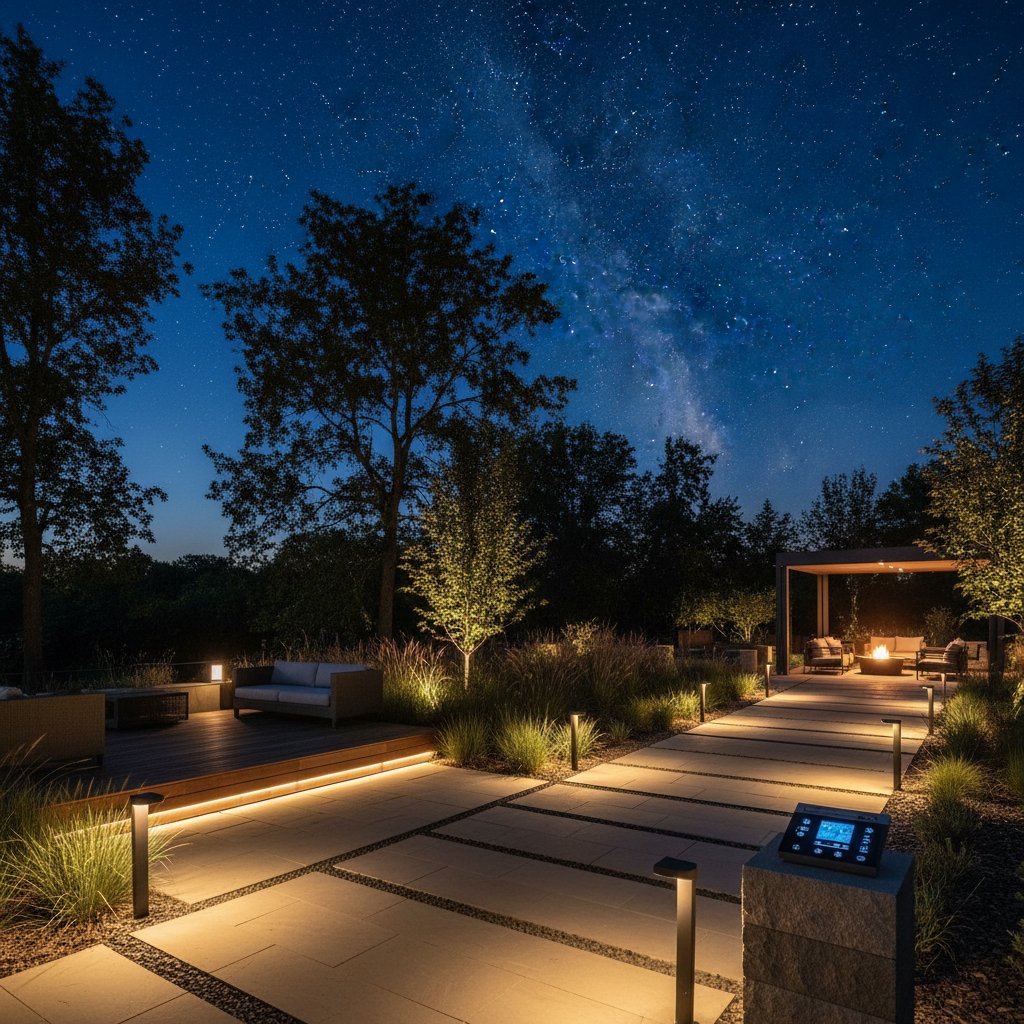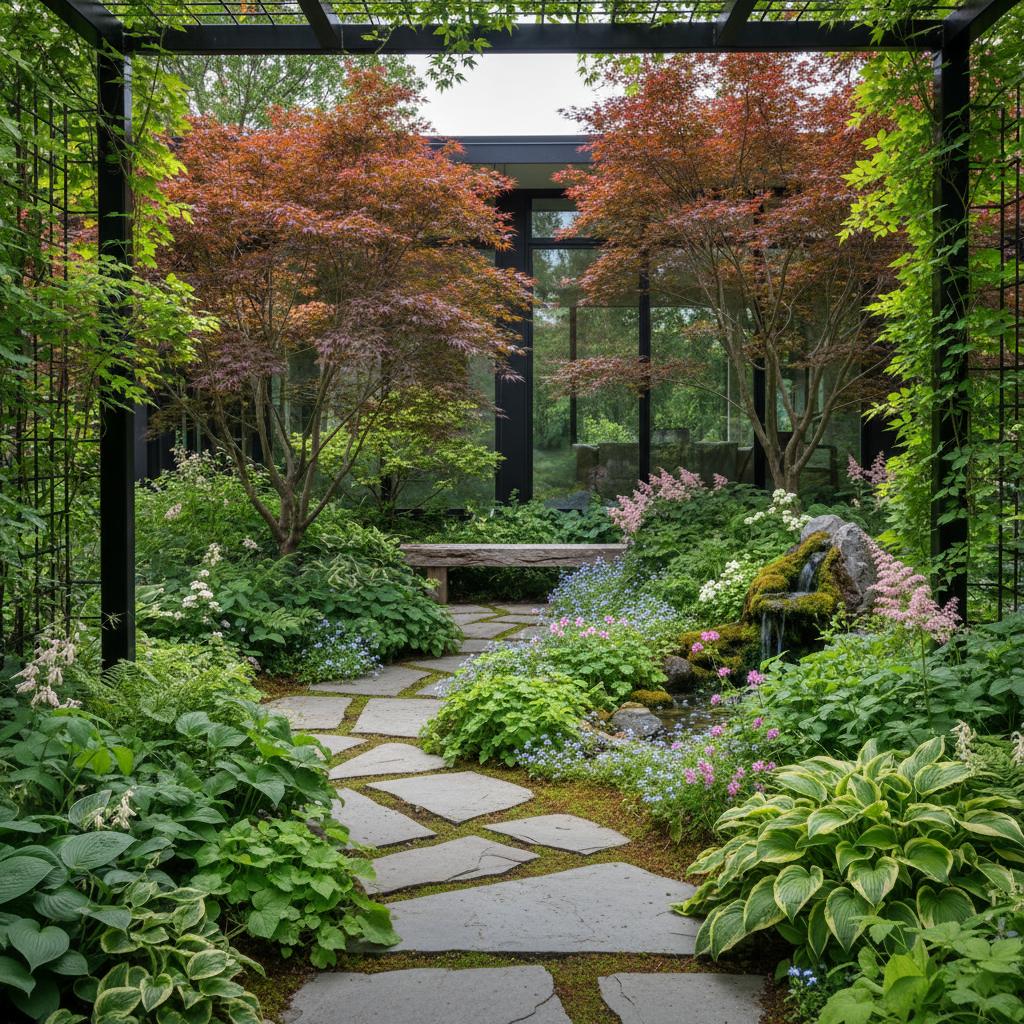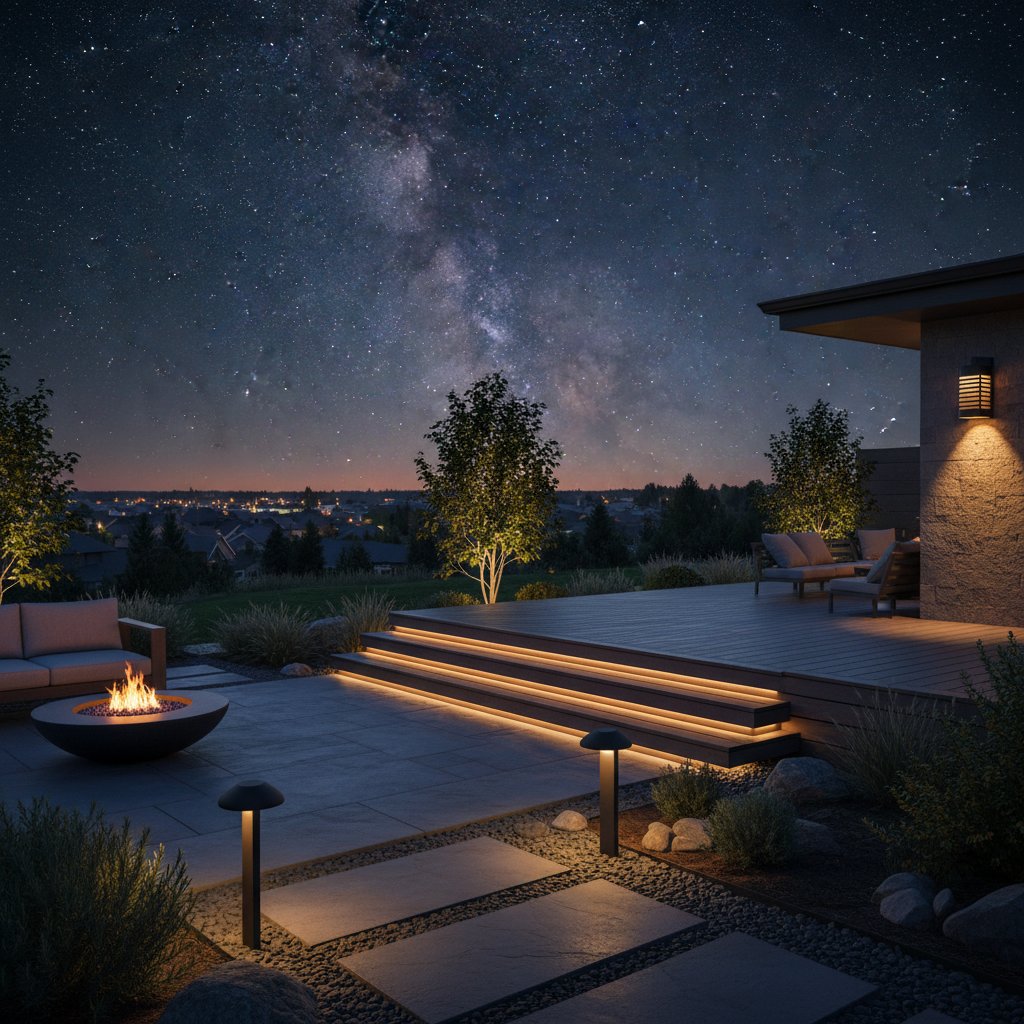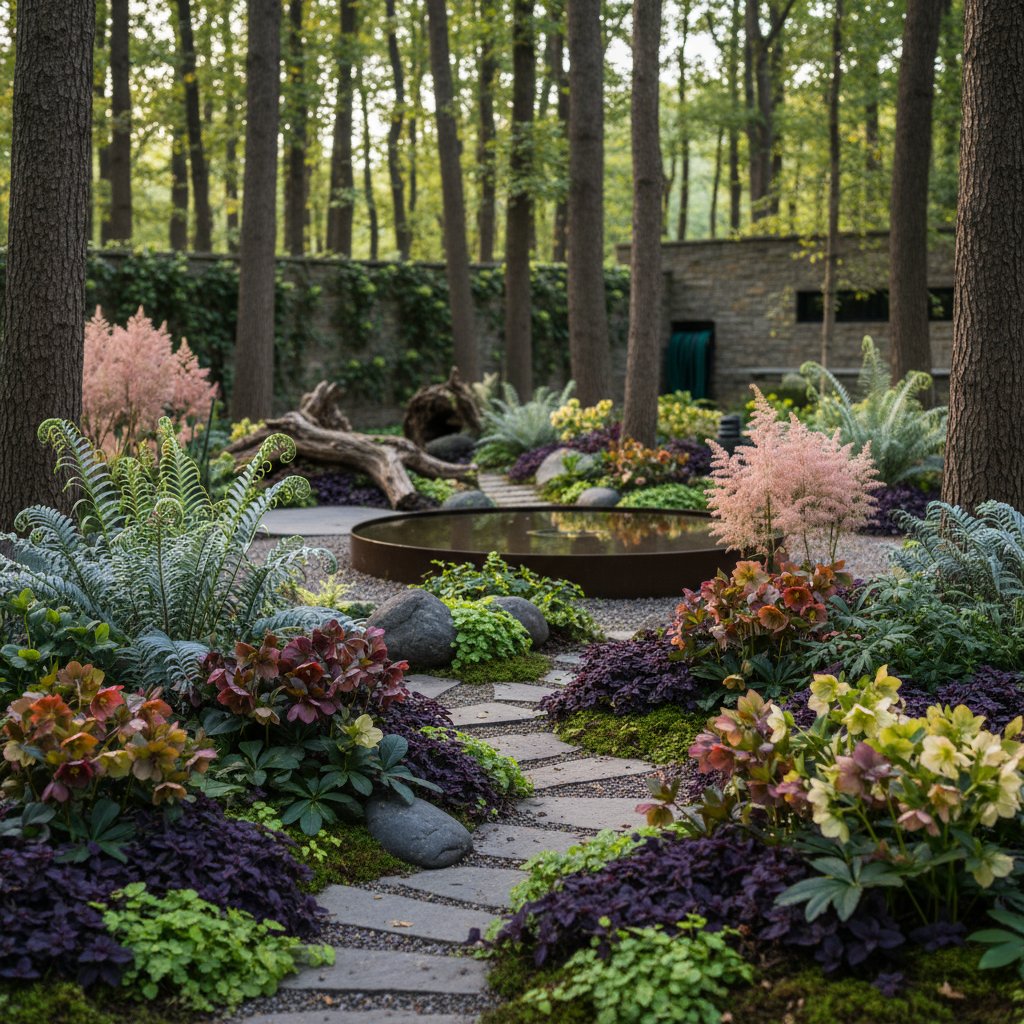Illuminate Your Yard While Preserving the Stars
Outdoor lighting defines the nighttime character of your home and landscape. It supports safe navigation, accentuates architectural elements, and extends usable evening hours. However, excessive or misplaced illumination can create glare that obscures the stars, squanders energy, and disrupts local ecosystems. Fortunately, strategic design allows you to achieve a secure and attractive yard while safeguarding the natural night sky.
Understanding Light Pollution
Light pollution encompasses any artificial illumination that extends beyond its intended purpose. This occurs when light directs upward or laterally rather than downward to the targeted surface. Common culprits include unshielded security floods, omnidirectional decorative lanterns, and fixtures lacking proper enclosures.
Key forms include:
- Glare: Intense beams that impair vision and cause eye strain.
- Skyglow: A pervasive brightness over urban areas that dims celestial views.
- Light trespass: Intrusion of beams into adjacent properties or interiors.
- Clutter: Overabundant sources in proximity that overwhelm visual adaptation.
Individual installations contribute cumulatively to broader environmental impacts, even if subtle in isolation.
Benefits for Homeowners and Ecosystems
Addressing light pollution enhances personal enjoyment, financial efficiency, and ecological balance. Harsh, unfiltered light reduces nighttime visibility through glare, while also inflating electricity costs. Nocturnal species, including bats that hunt insects and amphibians that breed under moonlight, face disrupted behaviors from constant exposure.
Adopting refined lighting strategies maintains property security and visual appeal without compromising darkness. These approaches yield lower utility expenses over time and foster a harmonious coexistence with nature.
Selecting Appropriate Fixtures
Fixture construction dictates light distribution patterns. Prioritize options certified as dark-sky compliant or full cutoff, which confine illumination to the ground plane. In these designs, the light source remains concealed within the housing, visible only as pooled brightness on surfaces below.
Essential attributes encompass:
- Complete shielding: Prevents upward or sideways leakage.
- Beam precision: Concentrates output on specific zones to avoid diffusion.
- Robust construction: Opt for corrosion-resistant metals like powder-coated aluminum or UV-stabilized polymers to withstand weather.
- Warm spectrum: Select temperatures near 2700K for a subdued, inviting radiance that eases eye adjustment and limits wildlife disturbance.
Steer clear of open-globed lanterns or bare-bulb assemblies, as they generate scatter and extend illumination unnecessarily.
Choosing Effective Bulbs
Bulb specifications govern output intensity and tonal quality. Homeowners often equate higher brightness with superior performance, yet excess lumens amplify waste and discomfort. Begin with modest ratings, such as 400 to 800 lumens for walkways and seating areas, and scale up based on observation.
LED technology excels in energy savings and durability. Favor warm white variants below 3000K to produce an amber-tinged light that reduces atmospheric scattering. Steer away from cool white or daylight equivalents, which render environments stark and exacerbate skyglow through blue wavelengths.
Strategic Positioning in the Landscape
Optimal fixture location prevents even quality products from contributing to pollution. Focus illumination solely on functional or focal points.
Practical guidelines include:
- Position path lights at knee height along walkways, stairs, and borders to guide without elevation.
- Install entryway units to cast downward, ensuring coverage ends at the door without overspill.
- Direct spotlights precisely at targets like foliage or facades, verifying no extension toward roads or neighboring views.
- Incorporate adjustable hoods, baffles, or visors for fine-tuned control.
- Distribute units at consistent intervals to eliminate hot spots or dark voids.
For accenting trees or structures, align beams to graze surfaces and terminate promptly, preserving surrounding darkness.
Implementing Automation and Controls
Automation tools elevate efficiency and responsiveness. Basic timers or photocells activate at twilight and deactivate at predefined intervals, curbing unnecessary runtime.
Motion-activated detectors prove ideal for perimeter zones like entrances and alleys. They deliver full illumination on approach, enhancing deterrence while minimizing baseline consumption. Variable dimmers accommodate scenarios, from subdued settings for leisure to intensified levels for events, ensuring adaptability without excess.
Budgeting and Upkeep Considerations
Dark-sky solutions remain accessible without premium pricing. Retrofit kits with shields or bulb swaps often suffice for legacy setups. Expect full-cutoff models to range from $40 to $150, scaled by dimensions and aesthetics.
LEDs command a higher initial investment yet endure 25,000 hours or more, outlasting traditional types and slashing ongoing expenses. Routine care involves lens polishing to clear debris, web removal, and seal inspections. Swap bulbs only with equivalents in color rendering to sustain uniformity.
Evaluating Your Installation
Post-setup, assess effectiveness under actual conditions. From various vantage points, confirm the light source stays invisible. Scan for boundary spillover or intrusive brightness.
Gauge overall comfort: illumination should enhance rather than overwhelm. Refine by repositioning, attenuating output, or adding modifiers until shadows integrate naturally with highlights.
Navigating Regulations and Community Standards
Local ordinances frequently mandate shielding and lumen caps to promote sky preservation. Consult municipal planning departments early to align with requirements and preempt rework.
Homeowners associations may enforce aesthetic or performance criteria. Compliance not only averts disputes but harmonizes your scheme with the neighborhood fabric.
Achieving a Balanced Nighttime Design
Intentional planning transforms outdoor lighting into an asset for both utility and serenity. Deploy select, targeted fixtures to illuminate priorities while allowing ambient shade elsewhere. Integrate warm, enclosed sources at ground level, govern with automation, and monitor for refinements.
The result is an inviting haven that captivates after sunset. Landscaping elements emerge vividly, operational costs decline, and the overhead canopy of stars regains prominence.



